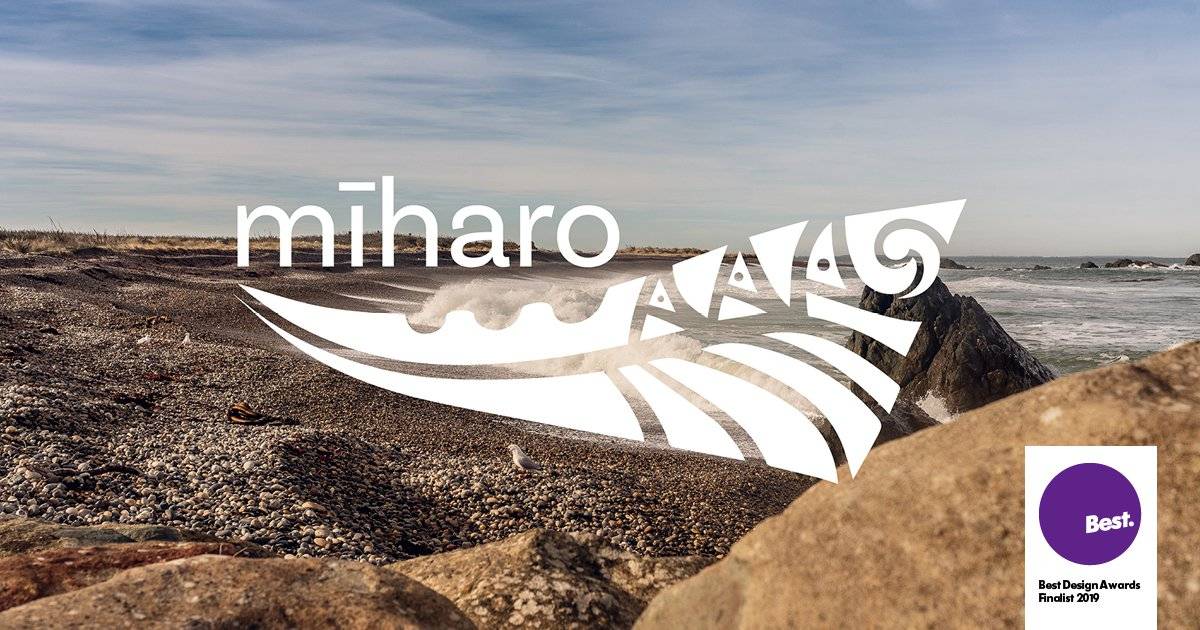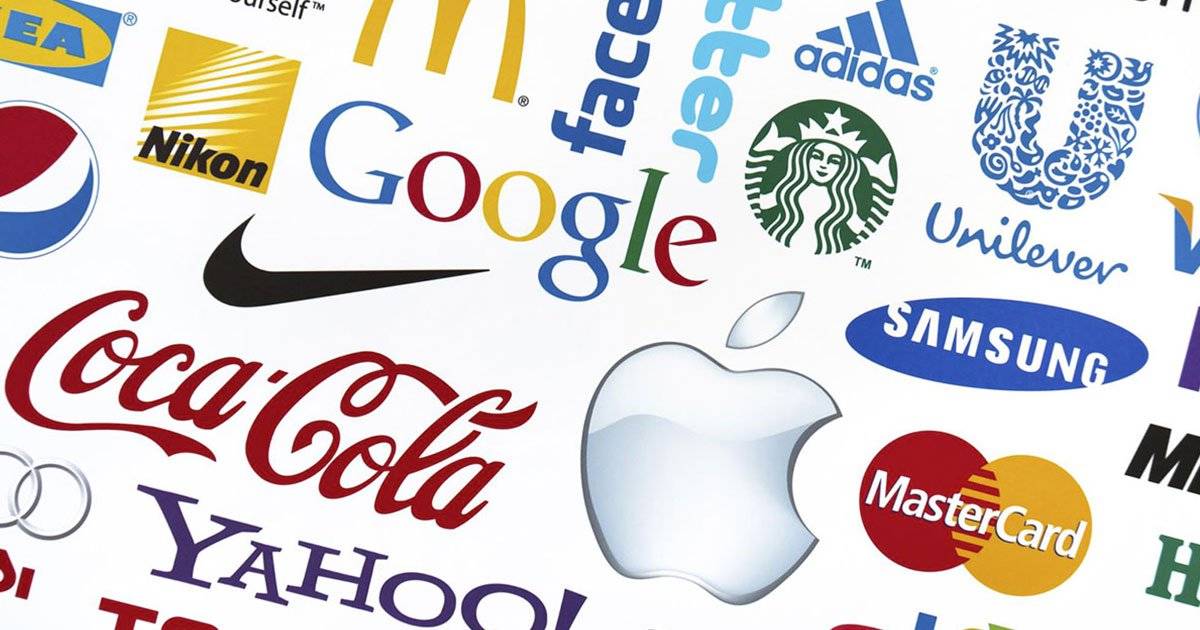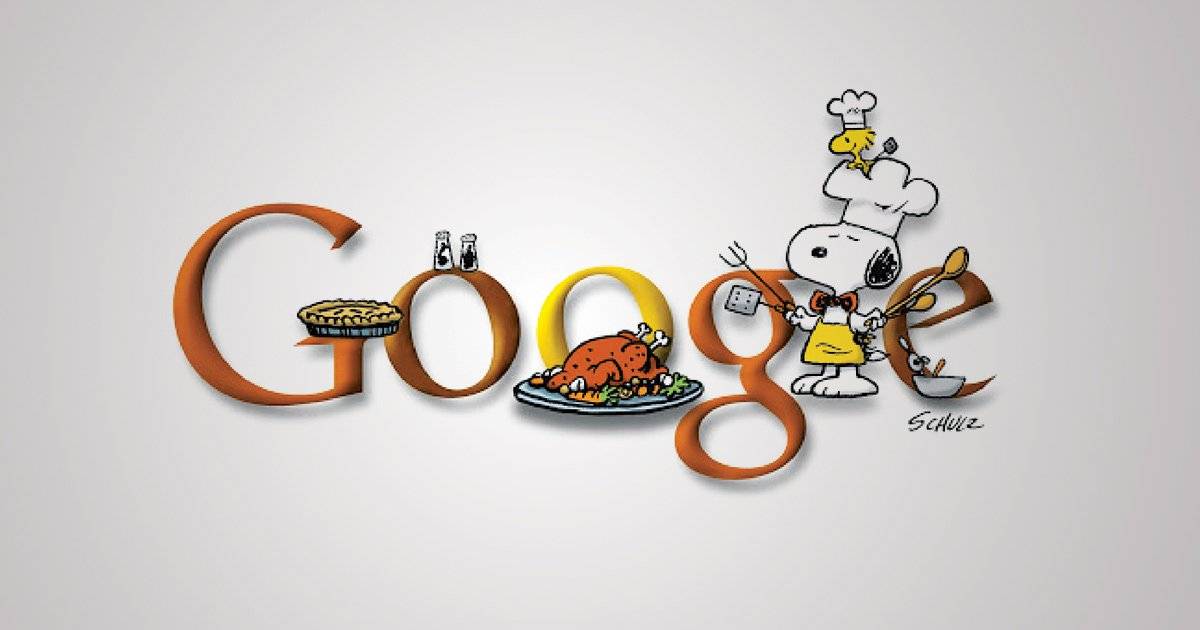We’re proud to have been announced a finalist in the Best Awards!
Continue reading “We’re Finalists for the national Best Design Awards!”Colour me Impressed! Why Colour in Design Matters
Everybody has a favourite colour, something that stands out and brings positive feelings. One theory is that individual humans perceive colour differently; so really, everyone’s favourite colour looks the same, but they call it something different (So everyone’s favourite colour is teal of course). But if we agree that most people see colour roughly the same way, we can agree that certain colours mesh while others clash. So how is colour used in design?
There’s a lot more to colour than simply matching well. Have you noticed that brands aiming to be high-end use colours like black and dark purple, while brands that want to show nature and health use greens and browns in their branding and logo? When choosing what colours to use for your brand, there’s a reason our designers don’t simply ask what your favourite colour is and translate it into hexadecimal colour code. Like font choice, colour also has meaning. And while the subconscious feelings behind colour might not be exactly the same for everyone, in general, colours give off specific feelings and meanings that are all considered when designing your brand.
Colour Coding
Colour science is a field of science that studies colours, how to apply colours through technology, and the effect of colour on thoughts and behaviour, and is even a Master’s Degree in the EU. While the correlation between colour and its effect on moods, imagery, and behaviours isn’t concrete or the same for everyone, in general, certain colours suggest certain features for many people, and colour choice is much more involved than simply what looks cool. So what do these colours typically represent and when is a good time to use them?
Red
Red is a colour of action. It represents passion and excitement, and creates a sense of urgency. The colour red has the potential to trigger more raw, powerful emotions–but can do so for both negative and positive ones, so should be used with caution.
Orange
A colour that ranks high for making products seem less expensive is orange. A bit more on the playful side, orange typically is suited for more fun or adventurous brands. It’s typically not ideal for formal, corporate ones. If used poorly, it can instead make a brand appear childish and immature.
Brown
Brown is earthy, the colour of tree bark in the forest and the ground beneath. It’s a solid choice for companies that want to look natural or organic. This feel is emphasised when combined with other earthy colours such as green. It’s often seen as an honest, trustworthy colour, but used badly can look dirty or unrefined.
Yellow
The colour of happiness and sunshine, yellow is youthful and vibrant. While it tends to have a lot of positive effects such as optimism and increasing sales, it’s difficult to use well due to contrast issues and being hard to read. Using a wrong shade in the wrong contest can also look unclean or smudgy.
Green
Choose green when going for something healthy and fresh. As the colour of grass and leaves, green has gained traction as being the colour of environmental friendliness. When used properly with food, it can show vitality and healthiness… And when done wrong, make people think of unpleasantness such as mould.
Blue
Blue is on the opposite end of the colour wheel to red, and has a calming, cool, feel. It’s often used as the colour of logic, reason, and wisdom. While it’s usually a safe choice, the conveyance of reason can make it feel cold, unfriendly, and emotionless.
Purple
For much of history, purple has been the colour of royalty, and thus still has an air of luxury to it. And, since royalty is “more elite” than non-royal, purple brings about feeling of sophistication and superiority. But, that can also become a negative if used improperly and can be seen as over-extravagant or elitist.
Pink
Pink is a great choice to show caring and gentleness. It exhibits youthfulness and represents hope and is a bold choice to help a brand stand out. But when used poorly, it’s more likely to look childish or needlessly rebellious.
Black
Used somewhere in a good portion fo designs, black shows power and luxury. Many high-end brands use black and white palettes to show sophistication and simplicity, that the product or service is good, plain and simple. Like blue, black can also show coldness or even heaviness and seem domineering when used poorly.
White
Often representing cleanliness and purity, white is used often by modern brands. Usually, white is the best colour for the background of a website so that attention isn’t drawn away from other elements. This means using white for branding requires using an offsetting background colour like white, and using it wrong can look boring, empty, and plain.
So remember that colour is complicated, and the meanings behind colour is just one of the many things our designers think about when designing your brand, website, and logo!
What’s in a company name?
 Think of some of the biggest names in the corporate world today. Disney. Apple. Nike. Amazon. Google. They aren’t confused with competitors or companies with similar names. The names are iconic and recognised by practically anyone with an internet connection.
Think of some of the biggest names in the corporate world today. Disney. Apple. Nike. Amazon. Google. They aren’t confused with competitors or companies with similar names. The names are iconic and recognised by practically anyone with an internet connection.
But it wasn’t always that way.
First, the companies started as an idea, and gradually gained fame and fortune over the years. While the connection to what they do is obvious today, some of them aren’t really related to their product or service at all. So then, does the company name really matter at all?
Every company has a story
Take a closer look at the Big 5 names above and think about what they do for a business. What’s the reason behind the name? Can you tell right away, or do you have to look it up?
- Disney is obvious because it’s simply named after founder Walt Disney. Luckily for him, he had an uncommon surname.
- Apple doesn’t seem to have much to do with computers. While one could extrapolate that founder Steve Jobs chose the name because apples are iconic, nutritious, and healthy and he wanted his company to be the same, the actual inspiration of the name is much simpler. After visiting an apple orchard, Jobs thought that the name Apple sounded “fun, spirited, and not intimidating” and couldn’t come up with a better name that was more technical and represented computers, so went with Apple Computers.
- Nike is two-syllables, and actually stands for something very specific. In Greek mythology, Nike is the goddess of victory. And for competitive athletes, who wouldn’t want to wear something to help them win?
- Amazon wasn’t the company’s original name. Originally “Cadabra” (like abra-cadabra), after being misheard as “cadaver”, founder Jeff Bezos decided to come up with something less dead-sounding. The story goes that Bezos was looking for a name that started with A because website listings were in alphabetical order and came across the word Amazon, the world’s largest river. As his goal was to build the world’s largest bookstore, he adopted the name, and now, Amazon sells much, much more than just books.
- Google was very nearly called BackRub at one point, due to the emphasis on backlinks. Then a friend suggested the word “googolplex” which is 10100 or the number 1 followed by 100 zeros. Since they wanted their search engine to be used to find every webpage, the name made sense. But only hearing the word, they misspelled it as “google” and the name stuck, and now has its own verb. You could google something on Bing. But not the other way around.
What do these names have in common?
All of those companies had very different ways at arriving at their name. Yet they all also share something in common: those names have a narrative attached to them, some kind of story or meaning. This is something you can talk about in your About page, leave it as a mystery to talk about in an in-person meeting, or let customers make a guess on their own only for the truth to come out later in your biography when you’re super famous.
So I can name my company whatever?
You can name your company whatever you want, but it might not be the best idea. If you want to do something abstract, go for it! But when you think about the name, remember that if you decide to change it later it will mean new branding, website redirects, awareness campaigns, and a whole lot of other headaches, which only become more complicated as your company grows. If that’s the case How do you Pick a Perfect Name and Logo for Your Company?
One thing to definitely consider is not naming your company after something you don’t do? Probably not the best idea. For instance, if you sell mobile phone accessories and you call your store Chihuahua Dentistry, people might think you do oral care for small dogs instead of selling phone cases. Remember that Steve Jobs originally called his company Apple Computers, not Apple Juicers, and didn’t drop “Computers” until decades later when he had a strong following.
Some good rules of thumb when choosing your company name include:
- Know your target audience. Perhaps the most important part of running a business, and relevant to your name as well. Will your audience appreciate something abstract, complicated, clever, or crass? Or are you looking for people that want something more straightforward, corporate, or formal?
- Keep it relevant. Whether it’s something personal to you, a clever fusion of words, or even a weird nickname you were called in primary school, your name should mean something. You’ll be hearing it nonstop, so make sure it’s something that sounds pleasant to you!
- Beware of soundalike words and similar companies. Don’t fall prey to coming up with a brilliant name only have it be close to something unpleasant. A brown no-sugar drink called Shyet Cola (Rhymes with diet!) might be a bit off-putting. Likewise, making energy drinks called Red Pull that “Gives you Springs” could get you in trouble.
- Be easy to search for. Having a strong digital presence is strongly recommended these days. But just having a website isn’t enough. It’s important that people can find you too! Try to have a name that’s easy to say and spell so people can find you. You should also try to include close variants as search targets that can direct people towards your site.
- Think about possible logos/visuals. Some names have clearer visuals than others. Nike simply has a checkmark. Victory? Check. Disney, on the other hand, invented a new font and includes their iconic castle behind it. Some words require more brainstorming, which tends to lead to higher logo design costs too.
Your name is part of your story and an important part of your identity. It’ll be with you from Startup to Success… Don’t take it too lightly!
9 Ways to Become a Professional Networking Professional
Networking. It’s something the experts just won’t shut up about. How do you get that dream job? Networking. With proper networking, you can get the job before it’s advertised! What comes up when you type in “best way to get new customers” into Google? Networking. Even articles about “creative ways” to get customers will mention showing off your existing customers or using your existing network. How do you have an existing network? Networking!
Continue reading “9 Ways to Become a Professional Networking Professional”
When it comes to content, how can quality be quantified?
If you’ve ever read any marketing or SEO tips from experts, you’ll find that they nearly all of them say the same thing about written content: quality is the most important aspect. High-quality content ranks better than low-quality (obviously). And if you have to choose between quality and quantity, quality Trumps every time.
Of course, for the longest time, no one bothered to define what “high-quality” actually meant. Gibberish text full of random words strung together without punctuation was low quality. Everyone agrees on that. But what about the other side? What makes something high-quality?
What does “high-quality” mean to Google?
Quality writing is subjective. What one person deems high-quality, someone else might think is a flaming pile of sheep dung squished into a screen. Think of it like movies; some people like to watch all the big blockbusters, while others think the only good movies are foreign films that air only in small French villages for a single night.
But quality to Google is something specific.
Google says your website should provide value to visitors, whether that be through videos, resources, blog posts, or simply a way to reserve a table or order from your store. Quality written content can be difficult to gauge, but one way to help with this is through checking a few basic things on every page:
- Have no broken links, hidden links, or hidden text (same colour as the background, for instance)
- Don’t create multiple pages on a site with essentially the same content e.g. Home Renovations Southland and Home Renovations Invercargill where only the region name is changed.
- Avoid having pages with little or no original content, such as pages copied verbatim from another website. You also don’t want pages with only a sentence or two.
- Include your most important keyword in both the title and meta description.
- Don’t use content made automatically through content robots
- Do a spelling check for typos and read over content for grammar errors.
- Write at an appropriate reading level for the target audience
Quality is about good EATing
Always being hungry for more, Google developed over 100 pages of quality guidelines in May 2019 when they had individuals start checking top search results and give them a quality rating, something they likely will attempt to automate in the next few years. Their new rating system is measured through Expertise, Authoritativeness, and Trustworthiness (EAT) guidelines. Since content is supposed to be useful and make visitors want to devour more, it should be something they can EAT and digest. So, the owner of a plumbing company with accolades, multiple certifications, and 40 years of work experience would be weighted higher than someone who once unstuck a wad of paper towels from their clogged toilet.
How can you check your EAT score?
Currently, this means that the only way to accurately judge quality by Google’s standards is to have your site pages reviewed manually through the Search Quality Rating Program… Which is unlikely to happen. However, by knowing what they’re looking for, you can be ahead of the curve once they figure out how to implement these guidelines into their search algorithm. A few best practices you can do now include:
- Make sure that your pages have a clear purpose. A page that describes your goods and services in detail is helpful. One on your company site that has pictures of goats and talks about the 2011 Cricket World Cup Final may not be so clear.
- Research and write content that comes from experience or is important in your field. Information should be true and accurate.
- If the page is meant to be informative, it should provide something different than what’s already available elsewhere. It’s okay to take some elements from other pages and combine them together. But don’t take a page and copy it in slightly different wording. Although, summaries of long or complicated content can be very helpful too.
- Have an updated About page that explains your experience and credentials? With the new EAT guidelines, information on who people are and why they have authority on a topic will likely become more important.
- Understanding how to write a blog article for your website is important. Use keywords appropriately. Make sure that your title and description will bring users to a page that’s relevant to their search. If they search for “Best painters Invercargill” and click on a company page that seems to be about painting, but the content is all about making pavlova, then it’s deceptive and can cause a sharp drop in rankings if the discrepancy is found.
Now’s a good time to dust off those English skills
With Google’s Search Quality Rating program in the works, content quality is going to become more important than ever before. While the guidelines of high-quality content might seem over-complicated and difficult, they boil down to taking the time to write useful information that is honest, relevant, accurate, and free of spelling and grammar errors.
With keywords, the right words are key!
How does Google work? Officially, there’s a highly-secret algorithm that’s constantly being updated by some of the greatest minds in the world. This algorithm can interpret text written from people of all backgrounds and show relevant results related to their query. Unofficially, it seems like it can be completely random. After all, a search for “best search engine” doesn’t go straight to the Google home page. Instead, it leads to a list of articles. One of the top results is “14 Great Search Engines You Can Use Instead of Google.”
If you have a smaller business, it might seem like an insurmountable challenge to get found on the first page. This is especially true in a competitive industry. But by building a good website and getting links, a lot of the work is already done. However, remember the primary way that people use Google is by searching with keywords.
What exactly are keywords and how do I use them?
A keyword is a word or phrase that describes an idea or topic… Which means practically every word. Nowadays, Google can connect some unusual phrasing with a broader meaning. It can also piece together shorthand search terms that people write because we’re lazy. “Best deliver pizza where” isn’t really saying anything. But Google understands what you really mean. They will translate it to something like “Where is the best pizza near me that offers delivery?”. It returns results rated 4 stars or higher in the same town the person searched from.
A keyword is “A word or phrase that you want your website to show up for when someone searches in Google.” So if you paint houses and maintain lawns, “Painter” and “landscaper” would be target keywords. You’d probably also like “exterior painting” “house painter” “Lawn cutting” “Trim lawns”. And as many variants as you can think of.
Although Google is getting better, the algorithm isn’t foolproof, and the best way to maximise your chances of hitting keyword variations is to include as many as possible naturally throughout the text. It’s obvious not only to Google, but to readers when keywords are stuffed in unnaturally, which can break trust with your users and increase the chance that they’ll look to a competitor instead. Here’s an example: If “Marketing Invercargill” was my keyword, stuffing the keyword would look something like this, “We’re the best Marketing Invercargill agency because unlike other Marketing Invercargill companies, our Marketing Invercargill focuses on Marketing Invercargill design, Marketing Invercargill quality, and other Marketing Invercargill elements.” And yes, these sorts of sites were common (including bolding the target keyword) and some still exist to this day.
Use keywords naturally but sparingly on your site
For many businesses, the website is the way that they differentiate themselves from others offering the same service, through a combination of good site design and useful information about their goods or services. A lot of your information will be shown through landing pages, a single page on your website that someone arrives at from a Google search about a topic related to their search term. So how can you make sure that a landing page gets up high on Google in the first place?
Keyword guidelines
There are a few guidelines you can use when writing a page that can better your chances of ranking well. Some of these are:
- Try to mention your target keyword as soon as possible, but make sure to do it within the first 100 words.
- Longer posts tend to rank better. Part of the reason is because they simply have more words, so there’s a better chance that related terms will show up and that the article will have better topical authority. Try to write at least 250 words on a page if possible.
- Along with making better quality writing, using synonyms in place of the keyword will help with SEO and can help you hit more variations. “Pizza” “Circular meat pie with cheese on tomato sauce” and “Best food” are really referring to the same thing (Okay, the last one is only mostly true). For ideas of what keyword variations you can use for any topic, try using Google’s Keyword Planner.
- Link to sites with high domain authority that support your claims if you can. If it makes sense within the page, linking to other pages on your site can also be helpful.
- Use proper Header hierarchy (H1, H2, H3 tags) and try to use the target keyword in at least one of those headers. Using headers helps break content down into pieces that are easier to read and can also improve SEO when done right.
Don’t forget your title tags and meta descriptions
Title tags and meta descriptions are bits of information that we all come across online frequently, but if you aren’t familiar with the terms you may not know how important they are.
A meta description is a basic summary of your page and something you do through your CMS (WordPress, Squarespace, etc.). When you do a Google search, you’ll see that under the blue title and green URL address is a few lines of text explaining the page. This text is pulled straight from the meta description, so it’s important to make it accurate, informative, and useful—and all you have is about as many characters as a Twitter post. And don’t forget to include the target keyword!
If that doesn’t seem like much to describe an entire page or blog article, the title tag gets even fewer. At 50-60 characters, the title tag tells search engines the topic of the page, what the page is all about. It’s also the text that appears in the tab at the top of the page, as well as what comes up in blue on a Google search, meaning it matters to visitors as well.
How should you format title tags?
You should format title tags like this:
Primary keyword – Secondary Keyword (if appropriate) | Brand Name
Which for this post, would look something like this:
Keywords – Search Engine Optimisation | Back9 Creative Studio
(That straight down line is a separator you can make with Shift+\
If you don’t want to worry about getting it right, the Yoast SEO plugin will make them for you. The free version will be enough for this purpose and it’s safe to use as millions of websites have it installed. We add to all of our websites so that it can make title tags for us on all our pages.
Keywords seem important… And complicated!
Using keywords appropriately isn’t as straightforward as choosing a phrase and sticking it all over a page… At least not anymore. Now, it requires using the keyword itself as well as variations of it naturally throughout the text of a page. Quality is a huge factor as well. Nearly all marketers and SEO experts agree that it’s not the quantity of content that matters, but the quality of content. That’s a good platitude, but what exactly is quality content? We’ve written about it extensively on our blog post about quality content to help you create pages that are Google-approved and ready to top the search engine charts. By taking the time and effort to use keywords the right way on your site pages, you can attract prospects and customers to your brand easier. Or of course, you could always let the expert team at Back9 do it for you!






